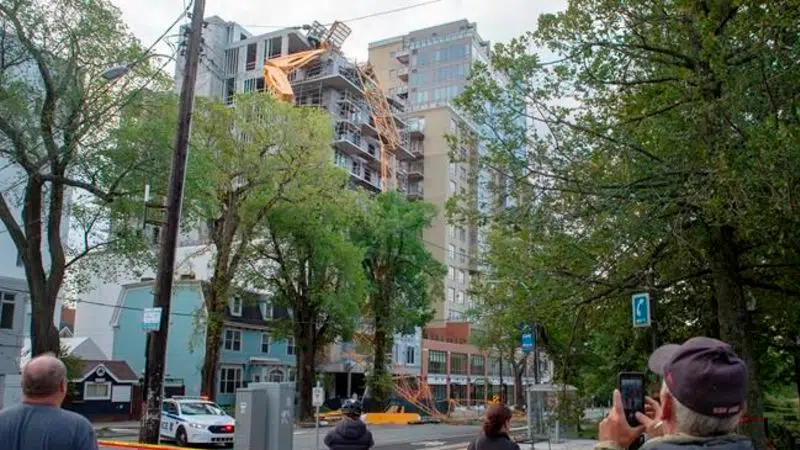
Power utilities, troops begin massive post-Dorian cleanup in Maritimes
HALIFAX — More than 400,000 people are without electricity across the Maritimes this morning as post-tropical storm Dorian left behind a tangled mess of splintered trees and downed power lines before moving on to western Newfoundland.
The remnants of the hurricane slammed into mainland Nova Scotia and southern New Brunswick on Saturday afternoon, churning out sustained winds near Halifax at nearly 150 kilometres an hour.
The port city appeared to sustain the most damage, which included a collapsed construction crane in the downtown, a ripped up waterfront boardwalk and a badly damaged apartment complex, which lost its roof.
As of 10 a.m. Sunday, there were over 380,000 homes and businesses without power in Nova Scotia, with outages reported across the province. At one point, about 80 per cent of Nova Scotia’s Power’s customers were in the dark late Saturday.
